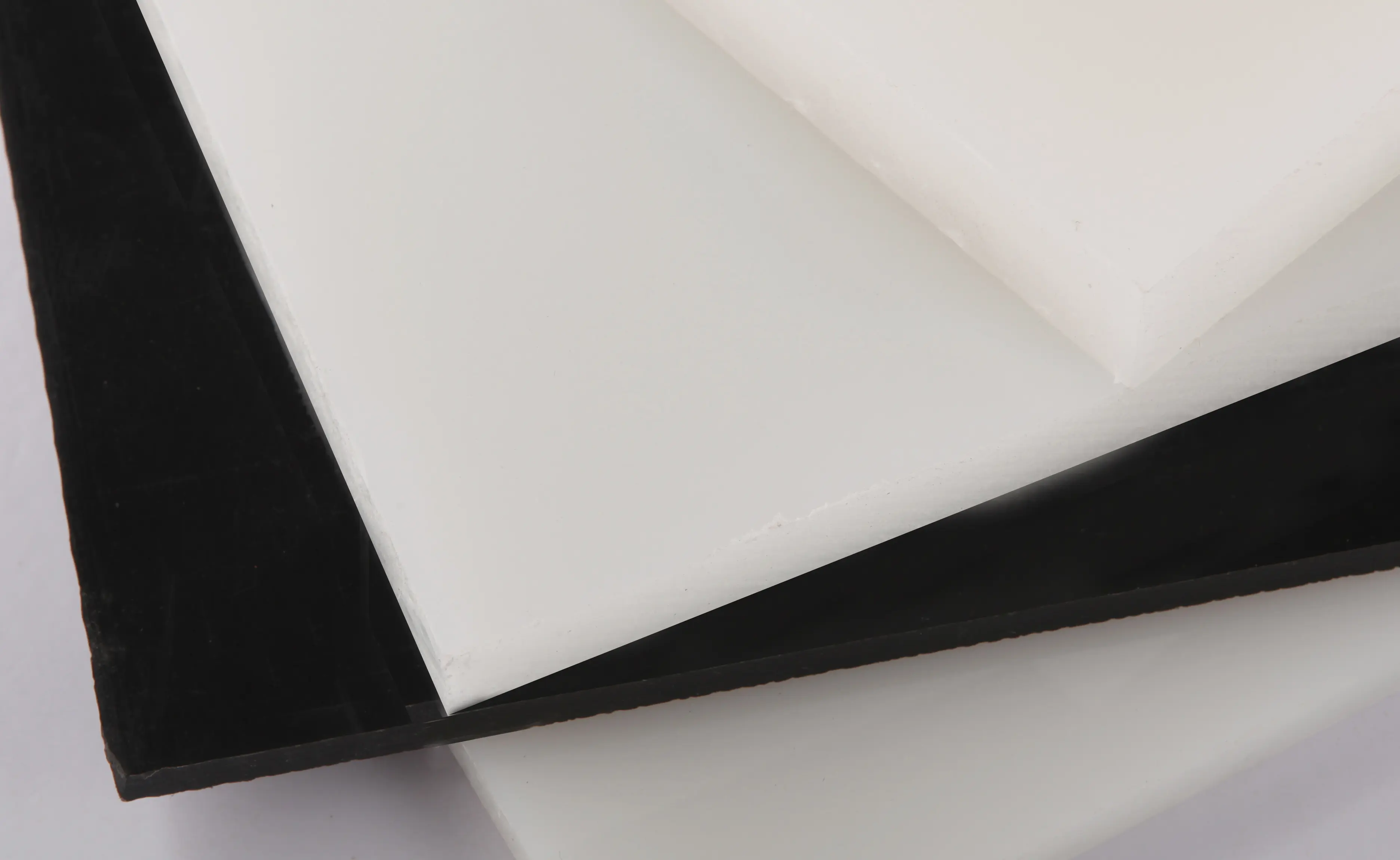Окт . 05, 2024 04:26 Back to list
Guide to Selecting the Right Pipe Fittings for Your Plumbing Needs
Understanding Pipe Fittings Essential Components in Plumbing and Construction
Pipe fittings are integral components in plumbing and construction, playing a crucial role in the efficient transport of fluids and gases. They serve various purposes, including connecting, terminating, controlling flow, and changing the direction of pipes. Understanding the different types of pipe fittings and their applications can greatly enhance the reliability and efficiency of piping systems.
There are several categories of pipe fittings, each designed to meet specific requirements. The most common types include elbows, tees, crosses, reducers, and caps. Elbows are used to change the direction of fluid flow, typically at angles of 90 or 45 degrees. Tees allow for branching off from a main line, facilitating the flow into two directions. Cross fittings enable four-way connections, while reducers help in transitioning between pipes of different diameters. Caps serve to close the ends of pipes, preventing leaks and contamination.
Materials for pipe fittings can vary widely, from metal options like stainless steel and brass to plastic materials such as PVC and CPVC
. The choice of material typically depends on the application's requirements, including temperature, pressure, and the type of fluid being transported. For example, PVC fittings are popular in residential plumbing due to their resistance to corrosion, light weight, and cost-effectiveness. In contrast, metal fittings may be preferred in high-pressure systems due to their durability and strength.pipe fitting

Installation of pipe fittings requires attention to detail to ensure leak-proof connections. Proper alignment, the use of appropriate seals and adhesives, and adherence to torque specifications are essential to maintain system integrity. Additionally, understanding local building codes and standards is crucial to ensure compliance and safety in plumbing installations.
Regular inspection and maintenance of pipe fittings are essential for preventing leaks and ensuring optimal performance. Signs of wear, such as corrosion or cracks, should be addressed promptly to avoid costly repairs and potential system failures.
In conclusion, pipe fittings are vital for the functionality and safety of plumbing systems. By understanding the different types, materials, and installation techniques, professionals can ensure efficient and reliable fluid transport in various applications, from residential homes to industrial facilities.
-
Durable PP Rigid Sheet: Versatile & High-Quality Plastic Panels
NewsAug.08,2025
-
Premium Glossy PP Rigid Sheet – Durable & Versatile
NewsAug.07,2025
-
High-Quality HDPE Sheet | Durable Plastic Panels
NewsAug.06,2025
-
High-Precision PVC Rigid Sheets for Vacuum Forming | AI-Optimized
NewsAug.05,2025
-
Durable PVC-M Water Supply Pipes | 60-Year Life
NewsAug.04,2025
-
Premium HDPE Water Supply Pipes: Durable & Leak-Proof
NewsAug.03,2025

